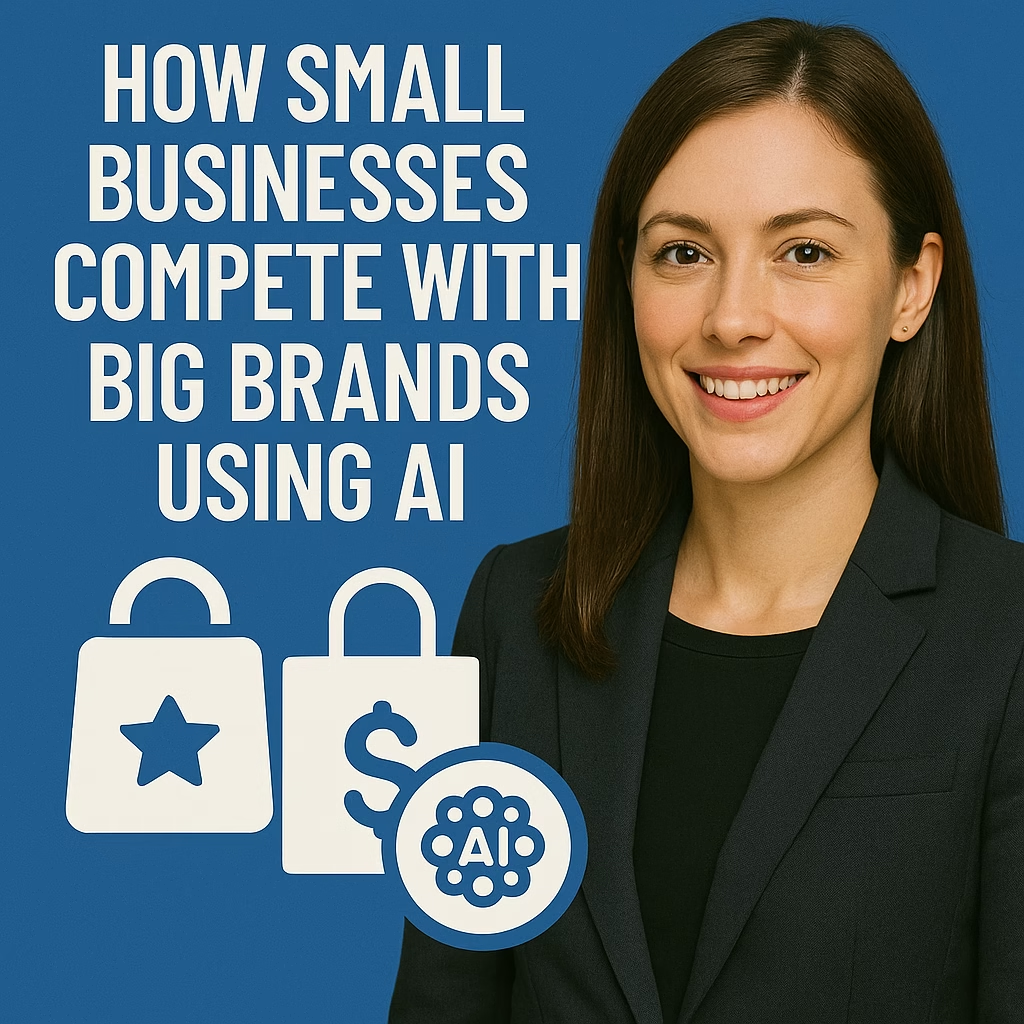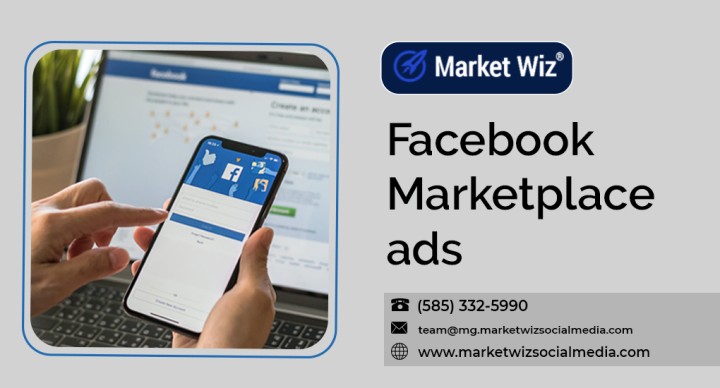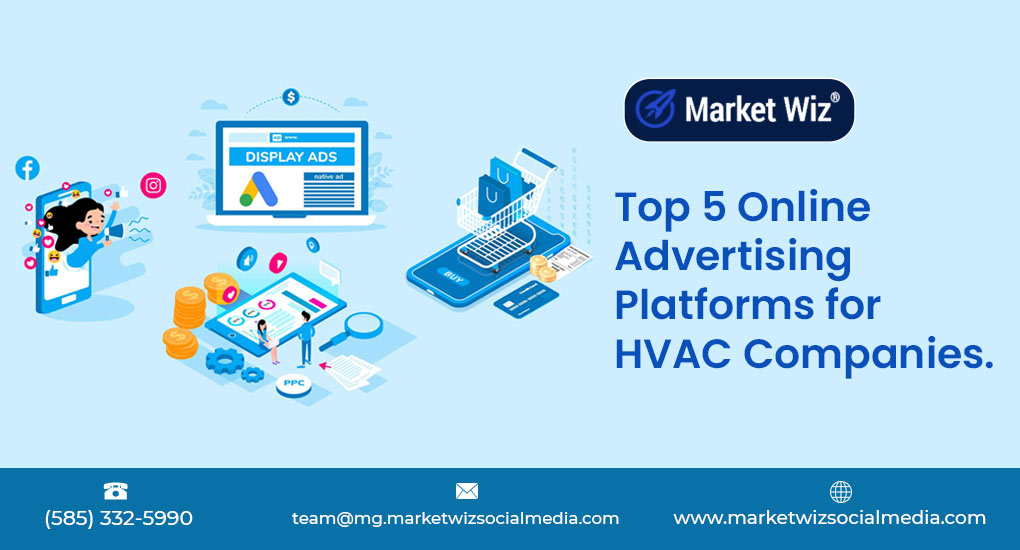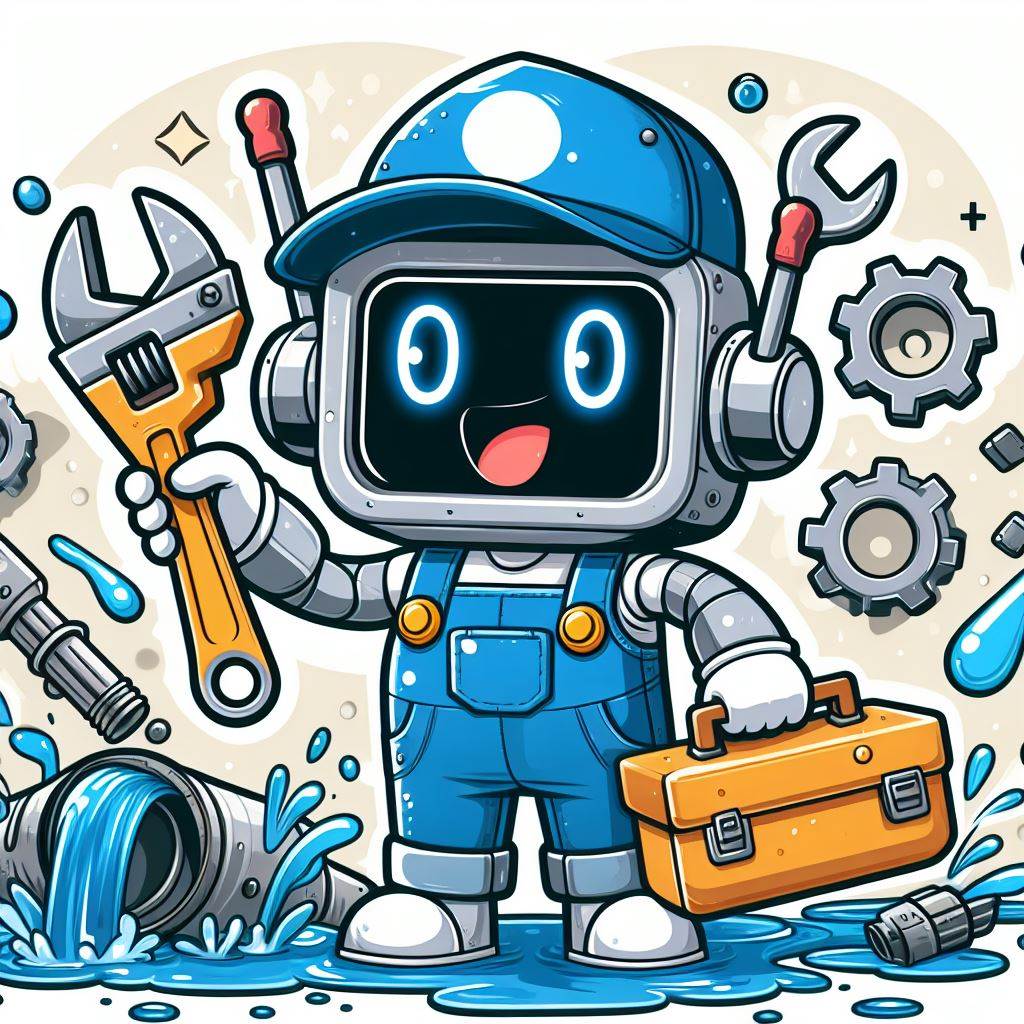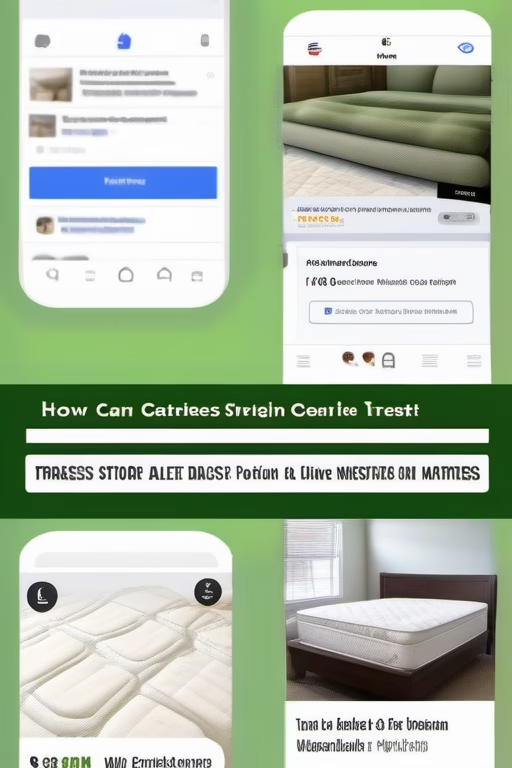How Small Businesses Compete with Big Brands Using AI
Out-execute giants with a focused AI stack: faster content, smarter ads, helpful bots, and crystal-clear analytics.
Introduction
How Small Businesses Compete with Big Brands Using AI isn’t about having more tools—it’s about choosing fewer, doing less manual work, and moving faster than bigger teams can. This field guide shows you quick wins you can ship this week and a simple 30–60–90 plan to scale without adding headcount.
Good to know: Keep customer data private, respect IP, and require human review for anything factual or regulated.
Expanded Table of Contents
- 1) Why AI levels the playing field for SMBs
- 2) Quick wins you can ship in 14 days
- 3) The lean AI stack (content • ads • CRM • support • analytics)
- 4) Customer data foundations (CDP-lite for non-engineers)
- 5) Website & SEO: traffic compounding with AI
- 6) Ads: creative, targeting ideas, and learning loops
- 7) Social & content engine (editorial calendar + prompts)
- 8) Email/SMS personalization at small-team scale
- 9) Sales ops: lead scoring, call prep, and proposals
- 10) Support: AI helpdesk, self-service FAQ, and macros
- 11) Inventory & demand forecasting (simple models)
- 12) Local SEO & reviews (owner’s playbook)
- 13) KPIs & dashboards (from views to revenue)
- 14) Risk, governance, and brand safety
- 15) 30–60–90 day AI rollout plan
- 16) Copy-paste prompt library (edit to your brand)
- 17) Budget scenarios: $0, $99/mo, and $499/mo
- 18) Tool comparison table (what each does)
- 19) Troubleshooting & optimization
- 20) 25 Frequently Asked Questions
- 21) 25 Extra Keywords
1) Why AI levels the playing field for SMBs
- Speed: Draft in minutes, iterate in hours, launch this week.
- Focus: Automate repetitive work so humans do high-value tasks.
- Personalization: Smaller lists + better targeting = higher conversion.
2) Quick wins you can ship in 14 days
- Publish 3 SEO pages (product, comparison, how-to) using AI first drafts + human edits.
- Launch a homepage FAQ chatbot trained on your top 20 customer questions.
- Spin 10 ad headline/description variants; keep the top 3 after a micro-test.
- Set a 3-email welcome sequence with individualized product recommendations.
3) The lean AI stack
| Layer | What it does | Owner Tip |
|---|---|---|
| Content | Drafts pages, posts, and assets from brief + style guide | Keep a living “brand brain” doc |
| Ads | Creates variants, analyzes results, suggests new angles | Cap tests; promote clear winners |
| CRM | Tags leads, scores intent, summarizes calls | Use tags you’ll actually maintain |
| Support | Answers FAQs, proposes agent replies, routes tickets | Start with top 20 questions |
| Analytics | Explains patterns in plain English | Weekly 30-min insights review |
4) Customer data foundations (CDP-lite)
- Collect emails/phones with clear consent; tag by source and interest.
- Standardize fields (first_name, product_interest, last_purchase_at).
- Sync to your email/SMS tool; keep one master “truth sheet.”
5) Website & SEO: compounding traffic
Page types
- Product/Service pages with FAQ sections
- Comparisons: “You vs. Big Brand”
- How-to posts answering buyer questions
Checklist
- Unique title/meta; clear H1/H2; schema markup
- Original images; alt text; internal links
- Editor review for accuracy & brand voice
6) Ads: creative & learning loops
- Generate 10 hooks; test 3 at a time for 3–5 days.
- Swap the hero image/video based on click-through and cost per result.
- Keep a swipe file of top-performing lines and angles.
7) Social & content engine
Prompt idea (paste into your AI with your style guide):
Create a 4-week editorial calendar for {industry}. Mix 40% how-to, 30% product stories, 20% community, 10% behind-the-scenes. Each post: hook, 3 bullets, CTA.8) Email/SMS personalization
- Welcome 3-pack: story, value, offer—personalize by interest tag.
- Abandon flows: send helpful content first, offer second.
- Monthly “owner’s note” for authenticity.
9) Sales ops
- AI summarizes demo calls into next-step tasks.
- Proposal drafts with variable pricing blocks.
- Lead scoring: prioritize by behavior (opens, clicks, time on page).
10) Support: AI that actually helps
- Self-service FAQ trained on your policies & guides.
- Agent assist: suggested replies + tone fixer.
- Daily digest: top issues and product feedback.
11) Inventory & demand forecasting
- Start with moving averages by SKU/week.
- Overlay seasonality (last year vs this year).
- Flag low-stock risks and reorder thresholds.
12) Local SEO & reviews
- AI drafts review-request SMS/email after purchase.
- Respond to reviews with personalized but consistent tone.
- Monthly local page: new photos, offers, and events.
13) KPIs & dashboards
Top
Organic clicks, paid CTR, cost per result
Middle
Leads, reply time, sales appointments
Bottom
Revenue, repeat rate, CAC/LTV
Quality
Ticket resolution time, CSAT, refunds
UTM tip: utm_source=channel&utm_medium=ai&utm_campaign=smb_compete_2025
14) Risk, governance, and brand safety
- Document your AI use: where, how, and who reviews.
- Never paste raw PII into prompts; anonymize.
- For regulated claims, require source quotes and legal sign-off.
15) 30–60–90 day rollout
Days 1–30 (Foundation)
- Style guide + brand brain. Launch 3 SEO pages + FAQ bot.
- Ad variant lab (10 ideas → 3 tests). Welcome 3-email flow.
Days 31–60 (Momentum)
- Support macros; weekly insights report.
- Local SEO updates; reviews workflow live.
Days 61–90 (Scale)
- Forecasting dashboard; expand flows by segment.
- Quarterly content refresh + ad creative rotation.
16) Prompt library
Brand Voice Enforcer:
You are my brand editor. Tone: {friendly/technical/minimal}. Avoid: {banned phrases}. Rewrite this paragraph for clarity and trust. Return: final + 2 alt hooks.Ad Variant Lab:
Generate 10 ad hooks for {product} to {audience}. Each ≤ 80 chars. Include one social proof and one price anchor variant.Support Macro Builder:
Based on these policies {paste}, draft 5 macros answering {issue}. Keep responses short, empathetic, and action-oriented.17) Budget scenarios
| Tier | What you do | Outcome |
|---|---|---|
| $0/mo | Free trials, manual prompts, simple chatbot | First drafts + FAQ automation |
| $99/mo | Content + email + insights assistant | Consistent publishing & nurture |
| $499/mo | Full stack: ads, CRM AI, support, analytics | Multi-channel lift with time savings |
18) Tool comparison (what each layer delivers)
| Layer | Must-have capability | Nice to have |
|---|---|---|
| Content | Brand style control | Bulk drafts from a CSV |
| Ads | Variant generation + metrics readout | Creative insights in plain English |
| CRM | AI summaries + lead scoring | Meeting note automations |
| Support | FAQ + agent assist | Sentiment alerts |
| Analytics | Explain patterns; answer “why” | Weekly auto-digest to email |
19) Troubleshooting & optimization
| Symptom | Likely Cause | Fix |
|---|---|---|
| Flat traffic | Generic content | Add unique data, quotes, photos; tighten intent targeting |
| High ad costs | Weak hook or audience mismatch | Test 3 new hooks; rotate creative; refine audience |
| Inconsistent bot answers | No single source of truth | Centralize FAQs; require sourced responses |
20) 25 Frequently Asked Questions
1) What is “How Small Businesses Compete with Big Brands Using AI”?
A practical system to ship content, ads, support, and analytics faster than bigger teams.
2) How do I start if I’m non-technical?
Use templates and a simple stack; keep a single “brand brain” document.
3) What if I don’t have much data?
Begin with existing FAQs, testimonials, and product sheets.
4) Will AI hurt my SEO?
Not if you add expert edits, sources, and original visuals.
5) How often should I post?
Weekly long-form; daily short posts during campaigns.
6) Can AI write legal/medical claims?
Avoid regulated claims; require expert review where applicable.
7) How do I keep tone consistent?
Always include your style guide in prompts.
8) Do I need a chatbot?
It’s a fast win—start with FAQ scope and escalate to humans when needed.
9) How do I choose tools?
Pick the fewest that accomplish your top outcomes; insist on exports.
10) What metrics matter most?
Leads, reply time, CPA, returning customer rate, CSAT.
11) Should I disclose AI use?
Yes for support; be transparent and helpful.
12) What about brand visuals?
Use consistent colors, fonts, and simple, clean layouts.
13) How do I prevent bias or errors?
Provide sources and require a human approver.
14) Can AI help with pricing?
Yes—summarize competitor ranges and test bundles or anchor pricing.
15) How do I localize content?
Translate with AI, then have a native speaker review.
16) What’s a smart ad budget for tests?
Small daily tests (e.g., $5–$20) until a winner emerges.
17) How do I protect IP?
Use watermarked assets and avoid pasting confidential code or formulas.
18) Can AI manage social comments?
Draft replies, but keep a human to approve.
19) Should I automate everything?
No—automate busywork, not judgment or relationships.
20) How do I track ROI?
Compare time/money saved and revenue lift vs. baseline.
21) What if results stall?
Refresh hooks, add proof (case studies), and improve offers.
22) Can AI help storefronts without e-commerce?
Yes—local SEO, reviews, appointment booking, and SMS follow-ups.
23) How do I train staff?
Short SOPs with examples; record 10-minute loom videos.
24) What are common pitfalls?
Tool sprawl, no style guide, and skipping QA.
25) First step today?
Publish one AI-assisted page and turn your top 20 FAQs into a bot.
21) 25 Extra Keywords
- How Small Businesses Compete with Big Brands Using AI
- small business ai strategy
- ai for local marketing
- ai content engine smb
- ai ads for small business
- ai email personalization
- ai customer support bot
- ai crm lead scoring
- ai seo writing guide
- ai analytics for founders
- prompt library for business
- brand voice ai style guide
- ai editorial calendar
- ad creative ai testing
- ai forecasting inventory
- ai local seo reviews
- ai governance smb
- ai kpis dashboard
- ai automation stack
- ai vs big brands
- ai sales proposals
- ai support macros
- ai privacy best practices
- ai translation localization
- ai 30-60-90 rollout


